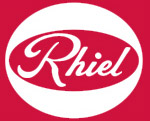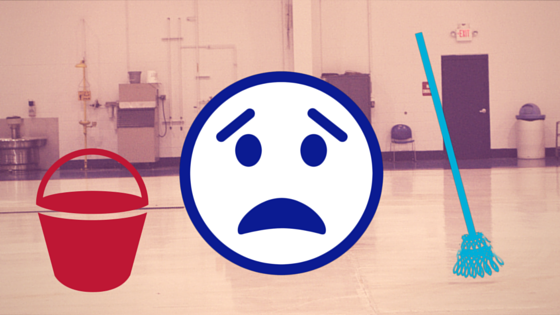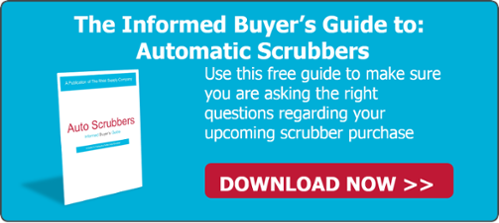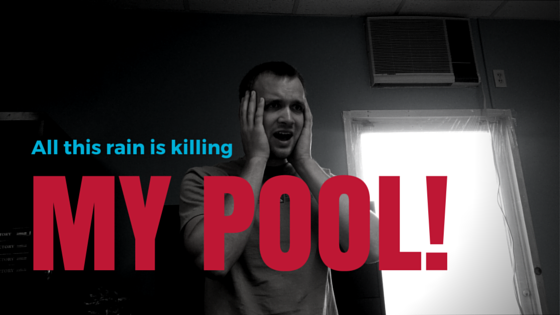Make Your Customers Love You Through Good Maintenance
Customer experience is central to any successful business and everyday it is becoming more and more important. Arguably the biggest factor impacting your customers’ experience is the cleanliness of your facility. It is the first thing that people notice when they enter your business. Starting in the parking lot, then moving to entry way and continuing through the facility and possibly your restrooms. This is a large area to maintain and can often be overlooked.
Your customers, however, will notice if your facility is unclean and dirty and it will negatively impact their experience and can overshadow what you want them to see (products, promotions, and any other conversion opportunities). This makes your cleaning and maintenance efforts especially important to your customer retention and upsell opportunities. With this being the case I wanted to do a series of blog posts to address key areas of your facility and provide you with solutions that are effective, work to lower your total cost and improve your customer experience.
I will briefly address each area in the series so you can get an idea of what’s coming. (I will add hyperlinks to each descriptions below the image once that topic has been posted.)
Make sure you don’t miss a post and subscribe to our blog today by filling out the form in the top right!
EMPLOYEE SATISFACTION
Finding the proper maintenance solutions for your facility will positively impact your employees’ outlook about their working environment. It certainly involves proper cleaning to reduce the spread of sickness, but it also includes employee comfort during the workday; things such as anti-fatigue matting for employees who stand for long periods of time. Ultimately happier employees will make happier customers and improve their experience interacting with your business.
PARKING LOT
Your parking lot is the first thing your customers see when entering your facility. This gives them their first impression of your business and preps them for what they should expect inside. If the parking lot is a mess with unsightly litter, cigarette butts and other debris then the customer will already have a negative attitude about your establishment when entering. The parking lot can be a tough place to get to regularly, but there are cost-effective and efficient solutions to address this problem area.
ENTRY WAY
Your entry way can have a tendency to get dirty quickly, especially when there is bad weather. This makes sense due to it being the highest traffic area in your facility. Also during bad weather it is a significant safety hazard. Without proper maintenance the risk of a customer slipping and falling increases dramatically. Both the safety and the cleanliness will be addressed in this post.
RESTROOM
This is a big factor in whether a customer will return to your business. Dirty, odor-ridden restrooms are a big turn off and will impact your customers’ opinion of your facility. Many solutions exist that can make bathroom maintenance easy and quick and vastly improve you customers’ experience.
COMMON AREAS
These areas include anywhere in your facility that customers can roam (shopping, eating, perusing etc.). The solutions to achieve optimal maintenance here are different depending on what your business does, but have some similarities. These similarities and difference will be discussed in this post and appropriate solutions will be offered.
If you are interested in learning more about “The Value of Clean†please refer to this blog post that has an infographic summarizing the whitepaper put out by ISSA. Also make sure you subscribe to our blog so you can receive each post of this series straight to your inbox.









